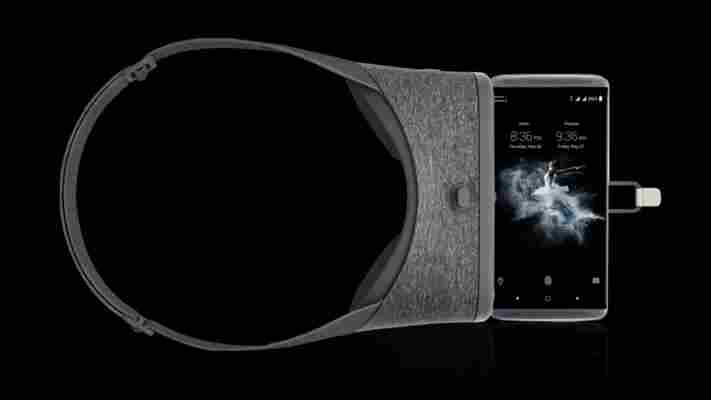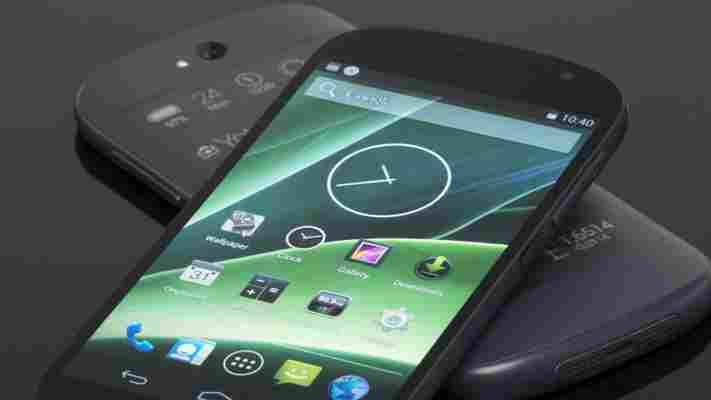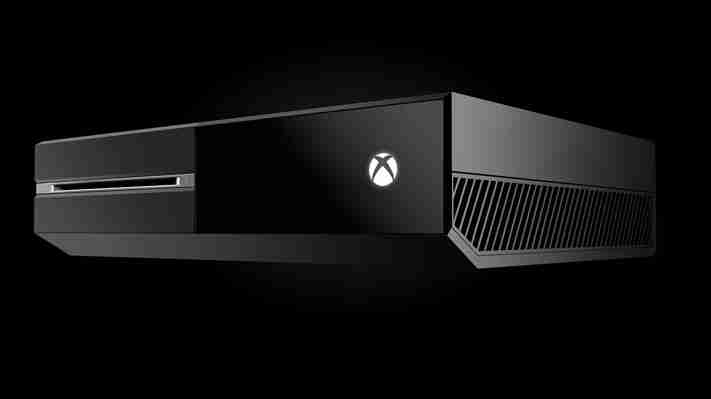ZTE”s Axon 7 is getting an upgrade to Android Nougat today, as well as long-anticipated support for Google’s Daydream VR platform.

If you recall, ZTE was actually the first manufacturer to claim Daydream VR support back when the platform was originally announced. But though the hardware was capable of handling the technology, you haven’t been able to try it out until now.
Daydream support puts the phone in a fairly exclusive group which includes only the Google Pixel/Pixel XL and Moto Z/Z Force right now. The The Huawei Mate 9 Pro and Porche edition (not the standard Mate 9) are slated to be updated for the VR experience soon, and Asus Zenphone AR will arrive with Daydream with its likely launch in February.
Notably, the Axon 7 is far cheaper than any of these phones, retailing for just $400 unlocked in the US. There are other affordable Nougat phones with similar specs – the OnePlus 3 and 3T come to mind – but Daydream compatibility hasn’t been announced for these devices.
VR aside, you’re also getting other useful features with Nougat, such as a wider selection of emoji, the ability to run to apps side by side, and improved battery life (for standby time in particular). ZTE doesn’t mention much else, so it’s not clear what other changes have been made to the software (preview testers signed a non-disclosure agreement ). But we’ll find out soon enough.
That said, the phone will now come with a bit more pre-loaded software in the form of Hiya’s Caller ID and spam blocking app. It’s a well-regarded app (4.4 stars on the Play Store ), but adding third-party software this late in the game is a bit odd. But hey, as long as it keeps the cost down, I’m not complaining.
This is the new YotaPhone: A 5 Android smartphone with a 4.7 touchscreen e-ink display on the back
Russian handset maker Yota Devices has revealed details of its second generation e-ink display equipped YotaPhone today at Mobile World Congress 2014 in Barcelona.

The new device follows in the footsteps of the original, but shows a maturation of the technology concepts it was showing off first time around. For example, while the new model does still sport two screens, with one of them being a low-power e-ink affair, both are now full touchscreen displays allowing for easier control and extra functionality.
The idea behind having the always-on e-ink display of the original YotaPhone was that it provides convenience (seeing notifications and updates) without proving a drain on the battery. In reality, it was convenient for some things, but a little fiddly to operate with the touch sensitive sections below the second screen.
Thankfully, YotaPhone has done away with the strips and just made the whole EPD (Electronic Paper Display) touch-controlled. It’s larger too, 4.7-inches versus the 4.3-inches of the original. The result is that it’s now possible to respond to notifications and carry out actions (like making calls, responding to messages etc.) without switching across to the main display at all.
“A full touch second display opens a tremendous number of unique user cases for YotaPhone users. You can look and not just get information from the second display, but can interect [with it]. You can respond to email or SMS messages, you can do a lot of things,” Vlad Martynov, CEO of Yota Devices, told TNW. “You don’t need to activate the phone and make a few clicks to get your data, but if you want to immediately respond you can do that with one touch [directly from the rear display].”
Also like the original, social app updates can be routed to the rear screen via the company’s own InternetHub app and images and other info without dedicated apps can be sent to the rear screen with the Put2Back app. There are also a couple more dedicated apps for the EPD display too, like Sportscaster, Fitness Tracker and Mutliple Personas, which allows you to manage a work and personal account from one place.
The rest of the device is a whole lot more familiar – there’s a 5-inch (1920 x 1080 pixels) HD OLED 442 PPI display, a quad-core 2.3 GHz Qualcomm processor, an 8-megapixel camera on the back and a 2-megapixel front-facing snapper for stills or video calling.
Bumping up the processor, display sizes and some of the other hardware shouldn’t have any sort of effect on the overall battery life though, Martynov assures us, as that’s also now been upgraded to a 2550 mAh pack – he added that between generations the company also learnt how to optimize power consumption on low-level software.
Additionally, there’s now a power saving mode that allows you to switch off the front display entirely and just use the back display – and the battery doesn’t actually have to be low for you to do this either, you can do it at any time.
Exactly how long will it last from 100 percent using only the EPD? Well, even Martynov isn’t sure yet. The company only got the first functional prototypes off the production line a couple of weeks ago, and it’ll be a few more months until specifics like this can be answered accurately.
Naturally, it’s not all about the displays, and you’ll find other staple smartphone features like NFC, 4G LTE, WiFi, Bluetooth and GPS all on board too.
While the first generation handset was shown off at MWC 2013, it didn’t make it to market until December, a little behind schedule and more compromised than Martynov would have liked.
Nonetheless, Martynov said that in terms of sales the first generation had performed well and was now being offered in six countries – Russia, Germany, France, Austria , Spain and Switzerland – and would soon be expanding to include the UK, UAE and most European countries.
Part of the challenge for YotaPhone is consumer awareness: there simply aren’t many phones around with two screens, and no others that feature an EPD on the back. Clearly, education is a big part of the sales job required here.
Interestingly, to help convince buyers to give the YotaPhone a try, the company has been allowing customers in Russia to return the device if they don’t like it. Providing it’s within one month of purchase, no other reason is required.
Martynov said that there have been zero customer returns that resulted in a request for their money back, although there have been a few faulty devices that resulted in an exchange – which is a good sign that the concept could stick.
Nonetheless, the device will need to make its way outside of Yota Devices’ home market of Russia to have an impact on the wider mobile market.
Update: Don’t miss our hands-on with the device .
Visit our MWC 2014 page for more coverage
Update: Sky says it has ‘no plans’ to sell Xbox hardware as part of its satellite TV subscriptions
Microsoft is reportedly in talks with satellite broadcaster BSkyB to try to close a deal whereby its new Xbox One video game console would be sold in the UK alongside a Sky subscription package.

Update: A spokesperson for Sky has denied the report:
MCV reports that a move “may already have been signed off” and that an announcement could be made as early as June 10, when Microsoft holds its annual press conference at E3 2013 .
It’s unclear exactly how this partnership would work, however. The new Xbox One isn’t a cable box, despite the plethora of voice-enabled controls demonstrated during Microsoft’s initial unveiling in Redmond last month.
It means that cable TV subscribers, at least in the US, will need to plug their existing hardware into the back of the Xbox One through a HDMI cable. A similar setup is expected for players who wish to take advantage of the service in the UK.
The decision also means that the Xbox One won’t be able to offer any DVR functionality. Todd Holmadahl, Corporate Vice President for Xbox’s Interactive Entertainment Business and Incubation, has since confirmed that Microsoft is working to add this post-launch , however.
Sky would, therefore, have to sell the Xbox One as a companion device to the various Sky boxes it already issues to its millions of satellite TV subscribers. The workaround – which the Xbox 360 utilizes now – could be to deliver the content through a dedicated app for the Xbox One.
Either way, there’s a possibility that Sky could sell the Xbox One at a greatly reduced cost, effectively subsidizing it as part of subscribers’ monthly fee. That would be a huge boost for the system, given that the initial release price is expected to be pretty high – it’s priced as £600 (roughly $926 USD) on Amazono.uk at the moment – which will likely discourage some players still content with their Xbox 360.
Microsoft is yet to confirm that these discussions are taking place. The company has shown an interest in launching a subsidized console in Europe before, however, and also described the approach as “pivotal” for its business strategy moving forward.
The reveal event for the Xbox One had a heavy emphasis on live TV and multimedia content. This was emphasized by its new partnership with the NFL , as well as the reveal of its own TV production studio – which is already working on an adaption of the hugely popular Halo franchise with Steven Spielberg.
Rumors have been circulating for some time that Microsoft could launch the Xbox One at two separate price points, including a subsidized model with either an Xbox Live subscription or a deal with users’ local cable or satellite TV operator .
Microsoft has promised to focus on the new games being released for the Xbox One at E3 , but who knows, perhaps they’ll detail the price and some attractive subscription offers too.
